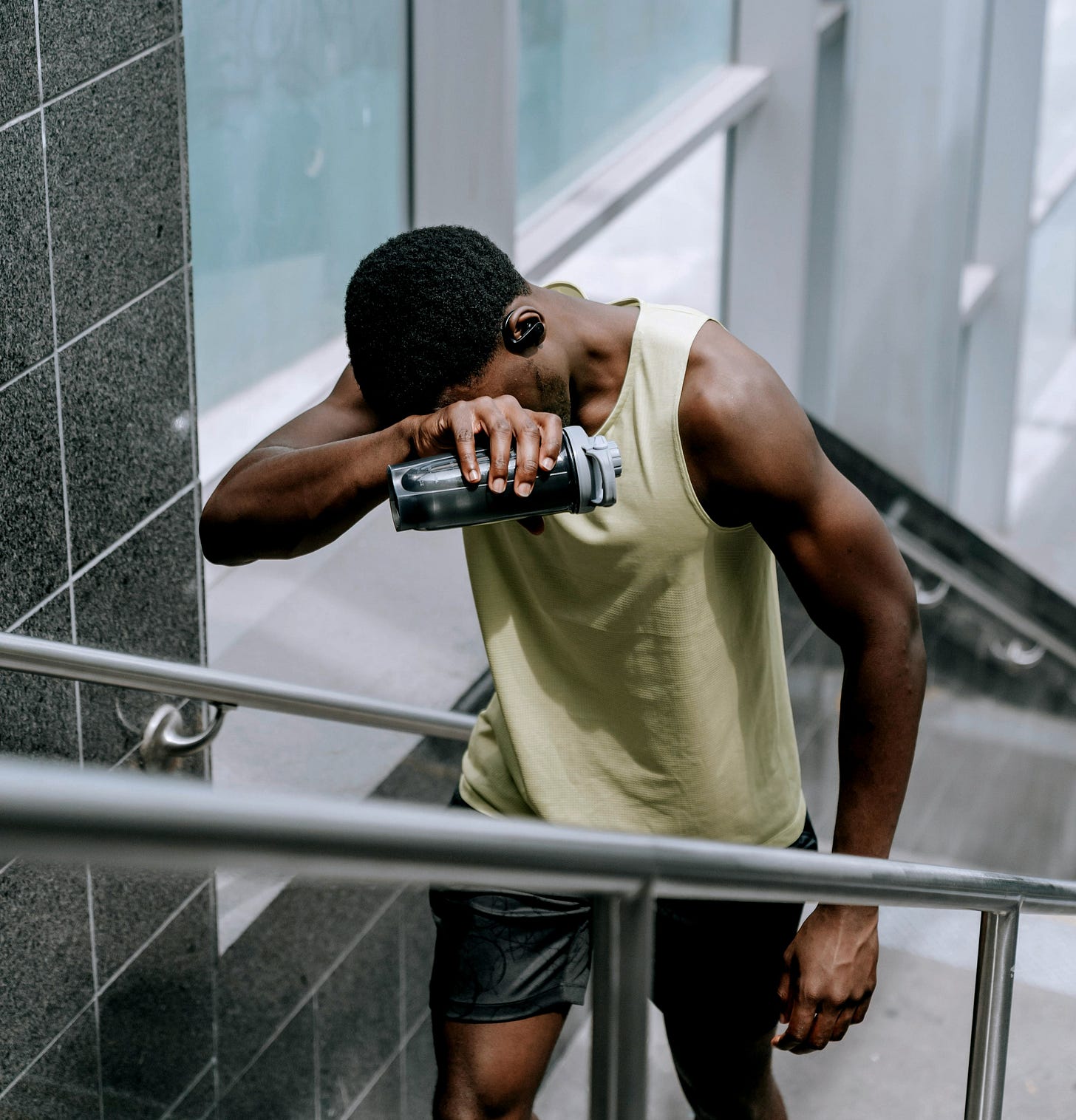How Your Body Unlocks More Stamina Through Oxygen
Things You Didn’t Know Your Body Was Capable Of - Episode 3
VO₂ Max Expansion
When you move: like walking, jogging, climbing stairs, dancing, your body needs oxygen to power your muscles. The better you are at using oxygen, the easier movement feels.
VO₂ Max is simply a measure of how much oxygen your body can use during exercise. The higher it is, the easier it becomes to breathe during effort, recover after activity, and stay energised throughout the day.
Here’s the cool part: you can improve this, no matter your age, fitness level, or schedule!
Let’s get into it!
Your Oxygen Engine
Think of your body like a delivery service:
Your lungs take in oxygen.
Your heart pumps it around.
Your blood carries it.
Your muscles use it as fuel.
When you do activities that elevate your heart rate slightly beyond your comfort zone, this entire system learns to work better. Over time, it becomes more efficient, more powerful, and less easily tired. This is one of the superpowers we have as humans! This is what actually happens. With regular training:
Your lungs take in more air.
Your heart pumps more blood per beat.
Your muscles develop more tiny “energy factories” (mitochondria).
Your body becomes brilliant at turning oxygen into energy.
Translation: You can do more, for longer, with less struggle.
Why Most People Lose This Ability
Long hours of sitting, minimal movement, and stress, quietly reduce VO₂ Max, especially past age 25.
Low VO₂ Max is linked to: fatigue, low stamina, higher risk of chronic illness, and faster aging. But the decline isn’t inevitable.
How to Improve Yours (Without Becoming a Runner)
You don’t need fancy equipment or hardcore workouts. Try brisk walking (pace where talking is slightly harder), climbing stairs intentionally, short cycling sessions, light jogging, dance workouts, or swimming.
The goal is to get slightly out of breath, on purpose.
A Busy Professional’s Plan
2–3 sessions per week of:
5 minutes warm-up walk
1 minute brisk pace
1 minute normal pace
Repeat 4–6 times.
That’s it. Small efforts, big benefits.
Conditioning That Helps
To boost your oxygen engine faster:
Consistency: 10–20 minutes, regularly, beats one long weekend “hero session.”
Progression: Every 1–2 weeks: add a minute, add a hill, add a stair climb.
Breathing: Focus on deeper breaths, not fast, shallow ones.
Recovery: Good sleep = better oxygen use.
A bit of caution, though. Go gradually. If you rarely exercise, jumping into high intensity can strain your joints, your heart, or your lungs. Slow and steady wins this race.
The Real-World Benefits
When done consistently, here’s what you’ll begin to experience:
Feel less winded after walking up stairs
Recover faster from workouts
Stay sharp and focused longer
Handle stress better
Reduce disease risk as you age
Why Are We Fussing?
Professional athletes obsess over VO₂ Max because it’s one of the best predictors of performance. But for you, it’s one of the best predictors of long-term health and stamina.
Your body is designed to naturally upgrade its oxygen engine. All it needs is a reason.
Next In The Series
What if we told you that, hidden beneath your everyday biology, there’s a built-in “water mode” that activates the moment your face hits cold water: a primal reflex that slows your heart, redirects blood to protect vital organs, and turns you into a more efficient underwater machine.
Out next week.
Notifications On-The-Go
We’ve made it even easier to stay connected. For quick reads, performance tips, and updates from the Optimised Humans community while you’re on the move, join our WhatsApp Channel. You’ll get bite-sized insights, reminders, and early access to new articles — all delivered straight to your phone. Follow the link below and stay in the loop, wherever you are.
Remember to turn on notifications for the channel.


